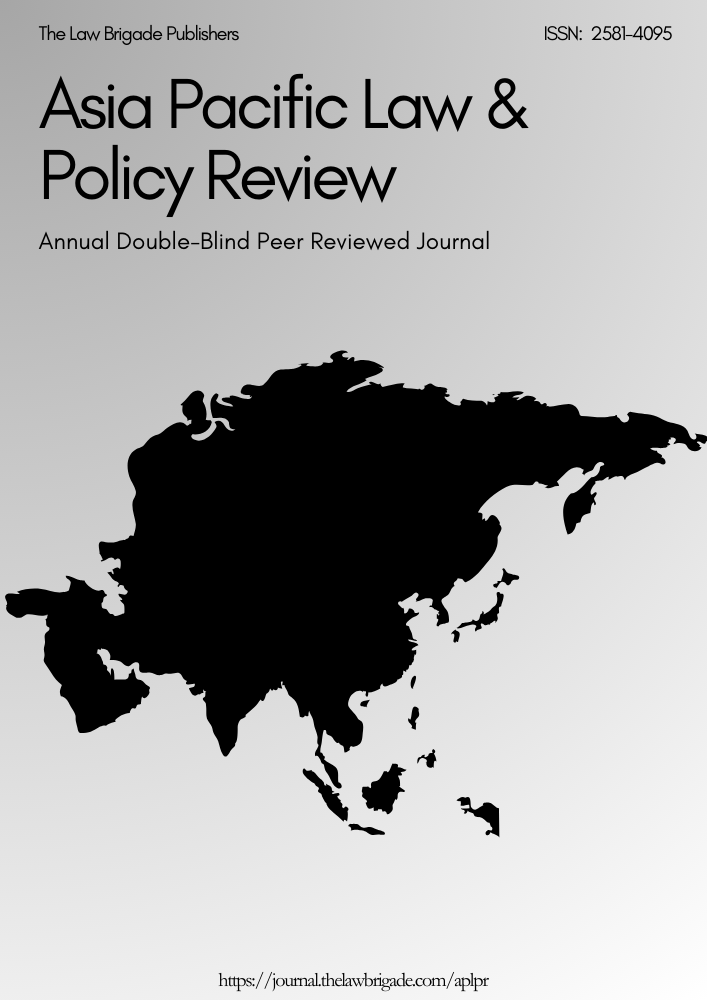INTERFACE BETWEEN COMPETITION AND CONSUMER PROTECTION LAW IN INDIA
Keywords:
Consumer Welfare, Competition Law, Anticompetitive PracticesAbstract
Several studies have been conducted to study the impact on consumers and producers of anticompetitive policies in both developing and developed countries. Damages caused to developed countries by such policies have consequences for consumer buying power through price increases. A World Bank report shows that developing countries imported products worth US$ 81.1 billion in 1997 from sectors where firms were engaged in price-fixing deals in the 1990s. These products accounted for 6.7% of imports and 1.2% of GDP in developing countries, respectively. These statistics show the importance of the economic effects of the harm done to developing economies by anti-competitive practices. The most evident consequence of such activities is seen in the form of price rises in markets involving cartels that limit production or control the price and abuse of dominant market power by the firms. Government policies such as consumer protection, macroeconomic policies and poverty reduction, the growing synergies between competition and consumer protection law enforcement to ensure consumer interests is an important driver for economic growth. This paper tries to understand the objectives and goals of competition law and consumer protection law to attain consumer welfare and highlight how they communicate with each other, and whether Indian laws protects consumer welfare, competition or competitors.
Downloads
Downloads
Published
Issue
Section
License

This work is licensed under a Creative Commons Attribution-NonCommercial-ShareAlike 4.0 International License.
License Terms
Ownership and Licensing:
Authors of research papers submitted to any journal published by The Law Brigade Publishers retain the copyright of their work while granting the journal specific rights. Authors maintain ownership of the copyright and grant the journal the right of first publication. Simultaneously, authors agree to license their research papers under the Creative Commons Attribution-ShareAlike 4.0 International (CC BY-SA 4.0) License.
License Permissions:
Under the CC BY-SA 4.0 License, others are permitted to share and adapt the work, even for commercial purposes, provided that appropriate attribution is given to the authors, and acknowledgment is made of the initial publication by The Law Brigade Publishers. This license encourages the broad dissemination and reuse of research papers while ensuring that the original work is properly credited.
Additional Distribution Arrangements:
Authors are free to enter into separate, non-exclusive contractual arrangements for distributing the published version of the work (e.g., posting it to institutional repositories or publishing it in books), provided that the original publication by The Law Brigade Publishers is acknowledged.
Online Posting:
Authors are encouraged to share their work online (e.g., in institutional repositories or on personal websites) both prior to submission and after publication. This practice can facilitate productive exchanges and increase the visibility and citation of the work.
Responsibility and Liability:
Authors are responsible for ensuring that their submitted research papers do not infringe on the copyright, privacy, or other rights of third parties. The Law Brigade Publishers disclaims any liability for any copyright infringement or violation of third-party rights within the submitted research papers.


